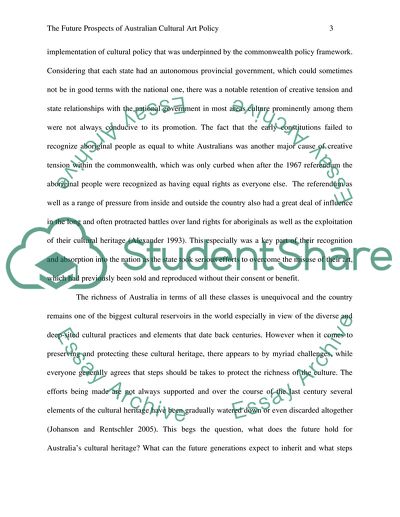Cite this document
(“Arts and Cultural Policy in Australia Term Paper”, n.d.)
Arts and Cultural Policy in Australia Term Paper. Retrieved from https://studentshare.org/history/1830853-arts-cultural-policy-in-australia
Arts and Cultural Policy in Australia Term Paper. Retrieved from https://studentshare.org/history/1830853-arts-cultural-policy-in-australia
(Arts and Cultural Policy in Australia Term Paper)
Arts and Cultural Policy in Australia Term Paper. https://studentshare.org/history/1830853-arts-cultural-policy-in-australia.
Arts and Cultural Policy in Australia Term Paper. https://studentshare.org/history/1830853-arts-cultural-policy-in-australia.
“Arts and Cultural Policy in Australia Term Paper”, n.d. https://studentshare.org/history/1830853-arts-cultural-policy-in-australia.


